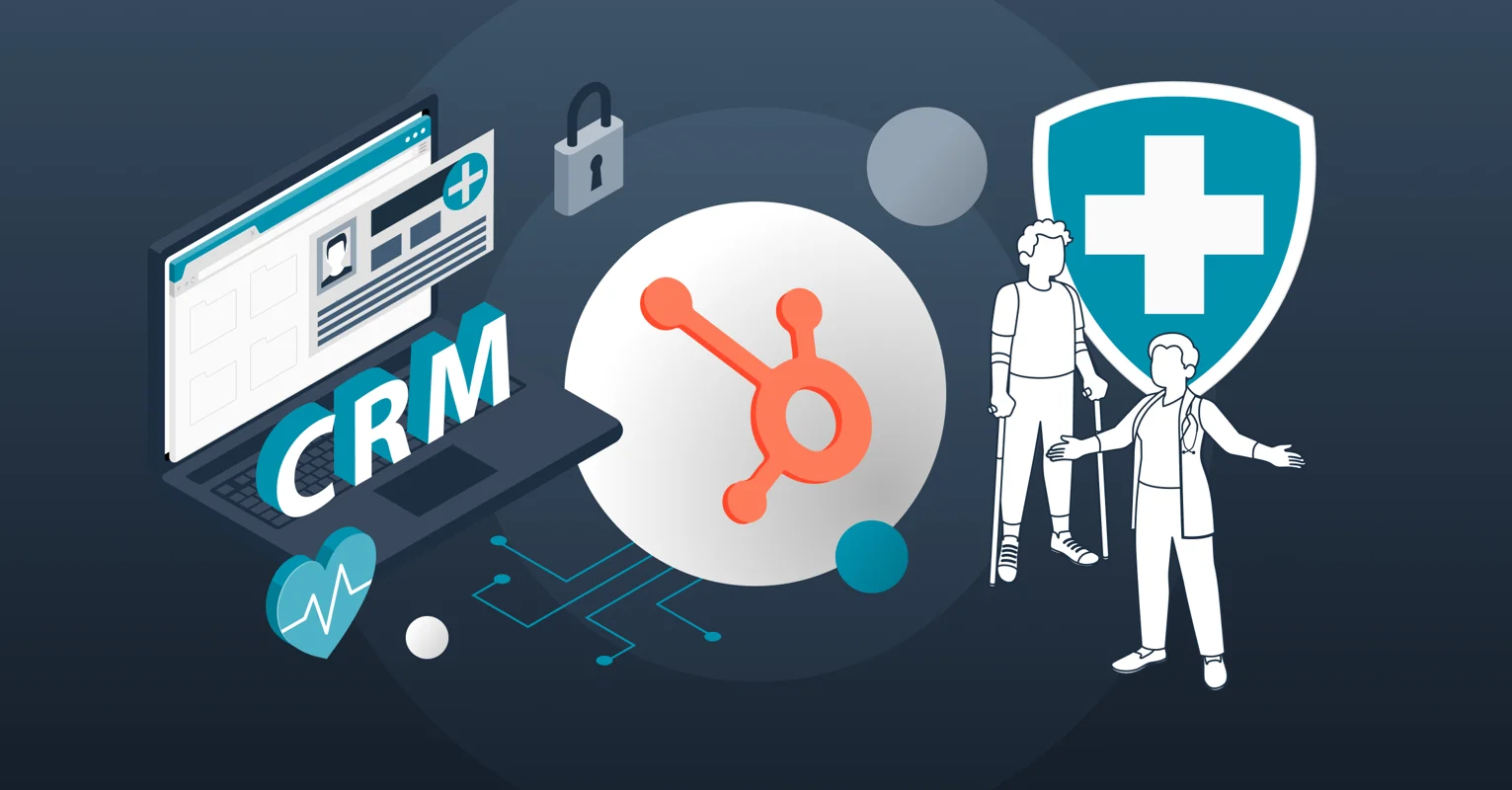The pharma marketing model is being torn down and rebuilt from the inside. This is not about replacing humans with machines. This is about using AI to outthink outdated strategies.
AI in pharma marketing is no longer a concept limited to future forecasts. It is here, actively reshaping how campaigns are designed, deployed, and measured. Pharmaceutical companies that hesitate risk falling behind competitors who are already integrating machine learning, predictive analytics, and NLP to reach physicians and patients more effectively.
This article offers an expert-level breakdown of how AI-powered analytics is transforming pharmaceutical marketing—and how to implement these tools effectively.
Why Traditional Pharma Marketing Fails
Before we dive into solutions, understand the gaps in legacy systems:
- Mass-market advertising still eats up budgets despite low ROI in niche therapeutic areas.
- Sales reps rely on outdated segmentation models, often based on anecdotal prescriber behavior.
- Physician engagement is reactive instead of proactive.
- Marketing metrics often lag months behind campaign execution.
AI doesn’t solve all problems. But it solves the ones that matter most to pharma marketers—targeting, personalization, timing, and measurable outcomes.
AI in Pharma Marketing: The Current Landscape
According to McKinsey & Company, AI can unlock $100 billion annually across the U.S. healthcare system by optimizing decision-making, clinical trials, and marketing.
In pharma marketing specifically, AI is used for:
- Predictive targeting of HCPs and patients
- Dynamic content creation and personalization
- Real-time campaign performance tracking
- Sales rep optimization and call scheduling
Key platforms driving this change include:
- IQVIA: Uses AI to segment HCPs based on behavioral and prescribing data.
- Aktana: Offers suggestion engines for pharma sales reps based on AI-driven insights.
- Veeva Systems: Integrates AI into multichannel CRM for pharma.
These are not pilots. These are enterprise deployments.
Predictive Analytics: The Heart of AI in Pharma Marketing
Predictive analytics uses historical and real-time data to forecast future actions. In pharma marketing, this enables:
- HCP targeting: AI identifies physicians most likely to prescribe a drug based on diagnosis, geography, formulary data, and peer influence.
- Message timing: Algorithms determine the optimal window to engage an HCP.
- Content optimization: Systems test and adapt content to increase engagement rates.
For example, Pfizer used machine learning to identify high-value prescribers for its COVID-19 vaccine campaign in under two weeks—a process that typically takes months.
Real-World Use Cases
1. GlaxoSmithKline (GSK)
GSK partnered with a tech firm to develop a dynamic segmentation engine. The result:
- 20% increase in email engagement
- 13% reduction in cost per acquisition
2. Novartis
Launched AI-powered digital reps to supplement field reps. These bots:
- Engage physicians based on previous touchpoints
- Push relevant studies and drug data automatically
The bots reduced rep downtime and increased coverage by 18% in pilot regions.
3. Merck
Used AI to adjust content delivery in real-time during a respiratory campaign. Engagement improved by 24%.
Implementing AI: A Playbook for Pharma Marketers
This isn’t plug-and-play. Here’s a strategic framework:
Step 1: Define KPIs
Don’t implement AI just to be on-trend. Identify what you want to achieve:
- Higher prescription intent
- Increased formulary access
- Lower rep churn
- Faster campaign optimization
Step 2: Integrate Data Silos
AI needs clean, unified data. Most pharma companies have:
- EMR data
- CRM logs
- Call center transcripts
- Paid media reports
Invest in data lakes and APIs to enable interoperability.
Step 3: Choose the Right Vendors
Evaluate platforms based on:
- Integration ease with existing tech
- Customization to therapy areas
- Compliance features (HIPAA, GDPR)
Avoid black-box models. Demand transparency in AI decision-making.
Step 4: Train the Teams
Equip sales and marketing with AI fluency. This includes:
- Interpreting AI insights
- Understanding model outputs
- Navigating AI dashboards
AI is only as powerful as the people who use it.
Step 5: Run Controlled Pilots
Start with one brand or region. Measure:
- HCP response rates
- Campaign cost per engagement
- Sales cycle velocity
Scale only after validating success.
Compliance and Ethical Boundaries
Using AI in pharma doesn’t remove regulatory risk. It intensifies it. Ensure that your use of AI:
- Is HIPAA compliant
- Follows FDA guidelines on promotional practices
- Respects patient consent
Use third-party audits and legal oversight as guardrails.
Metrics That Matter
Don’t drown in vanity metrics. Focus on these KPIs:
- HCP engagement uplift: Did your AI model increase interactions?
- Time to insight: How fast can you pivot campaigns?
- Prescriber conversion rate: Did target HCPs actually prescribe?
- Content effectiveness: What’s working in different geographies?
Cost vs. ROI
Initial investment in AI-driven platforms ranges from $500K to $5M annually depending on scale. But the ROI can be compelling:
- 10–20% higher script lift (source: IQVIA)
- Up to 30% cost reduction in sales ops (source: Deloitte)
- 15–25% increase in omnichannel efficiency (source: Veeva)
Ask Yourself
- Are you still using segmentation models from 2010?
- How many of your marketing decisions are backed by real-time data?
- Do your sales reps have AI-powered tools—or just email lists?
If the answer is “not yet,” then you’re already behind.
Future Outlook: AI + Pharma + Personalization
The future isn’t mass communication. It’s micro-engagement.
Expect these trends:
- Hyper-personalized campaigns with real-time adjustments
- AI voice assistants supporting sales reps in the field
- Synthetic data modeling for testing without patient data
Pharma will move from campaign-driven marketing to insight-driven ecosystems.
Credible Resources for Deeper Insight
- IQVIA AI in Healthcare
- McKinsey on AI in Pharma
- Deloitte Pharma AI Report
- Veeva AI and CRM Solutions
AI in pharma marketing is not a tactical upgrade. It’s a strategic imperative.
Companies that implement AI with discipline, transparency, and agility will shape the next decade of healthcare marketing.
Everyone else will be catching up.

